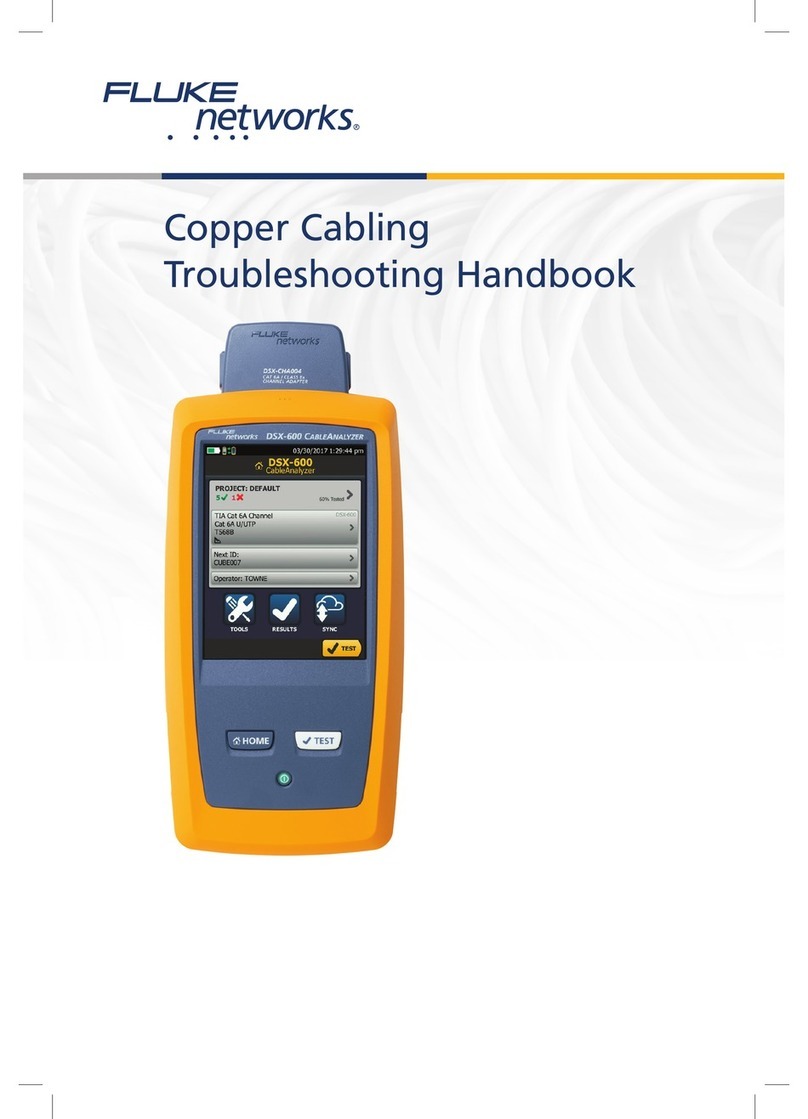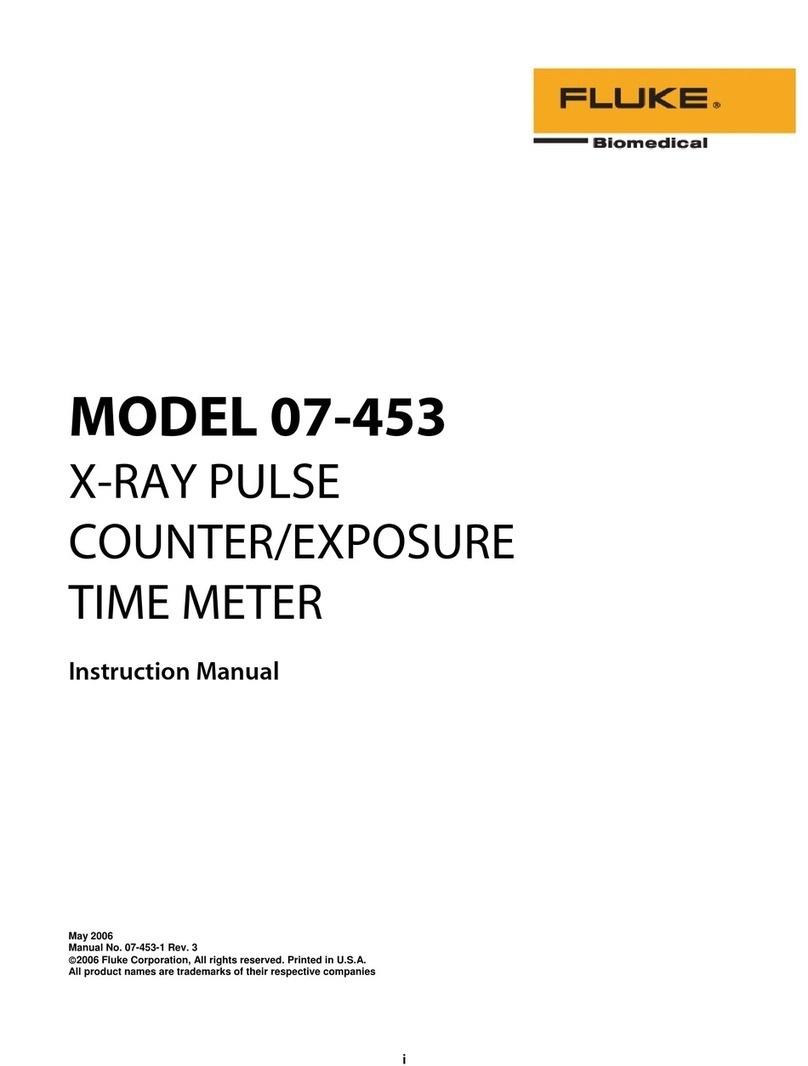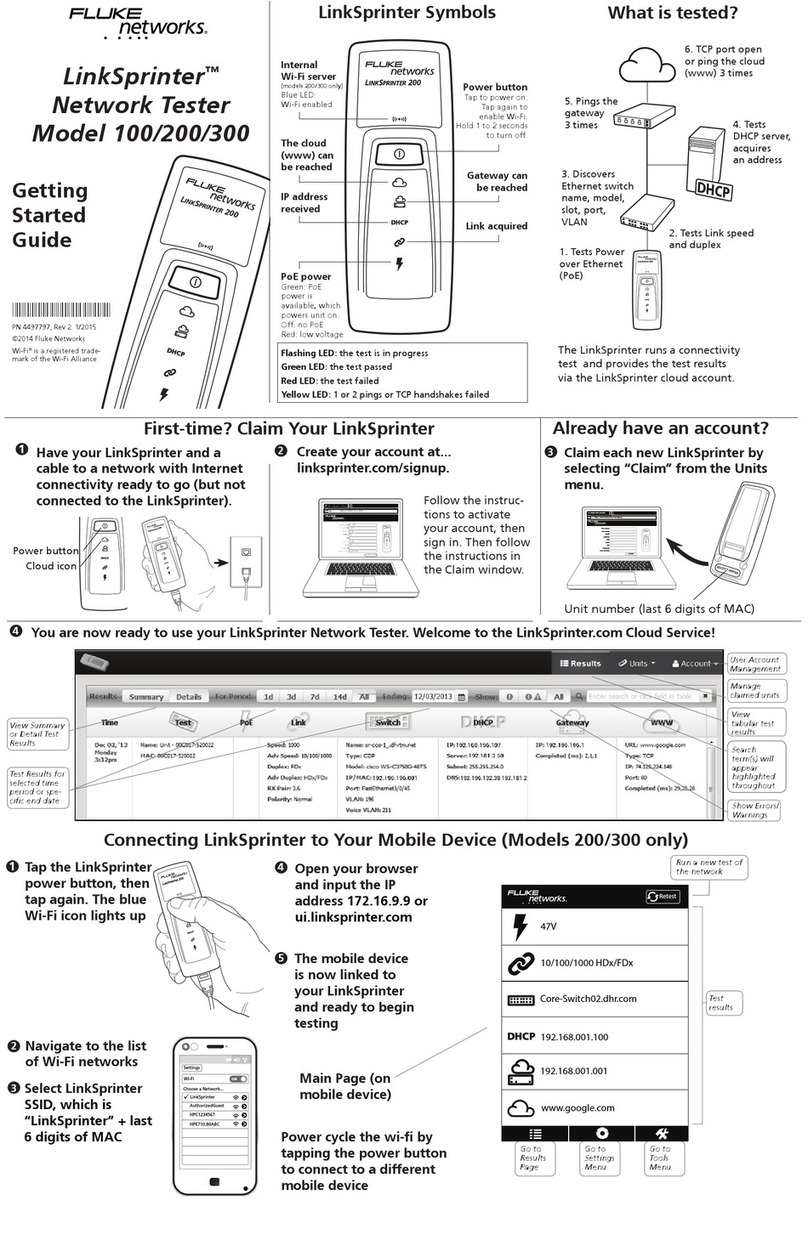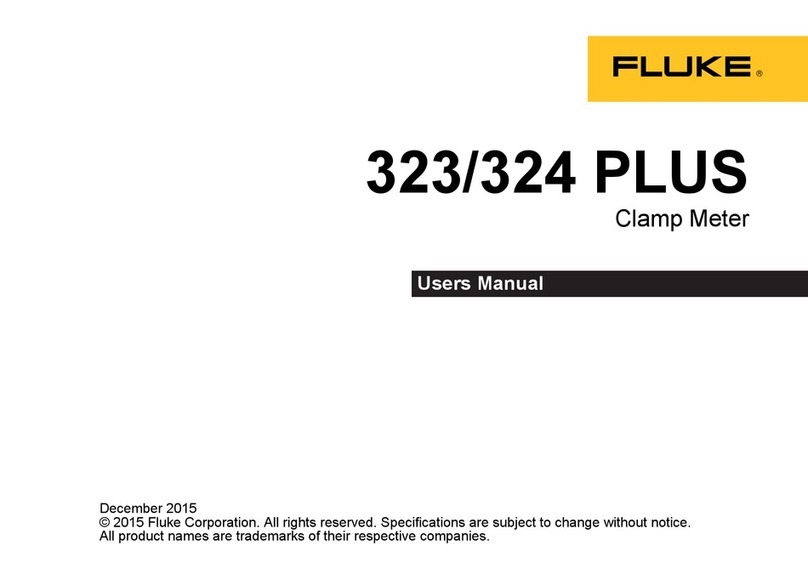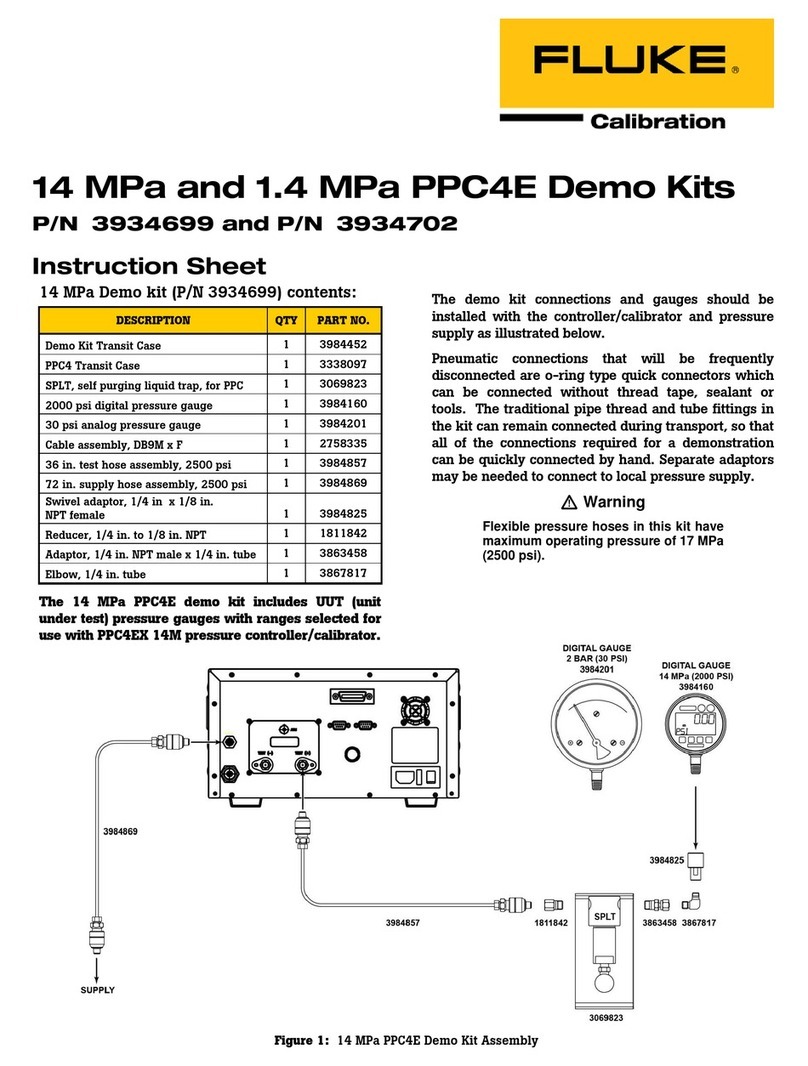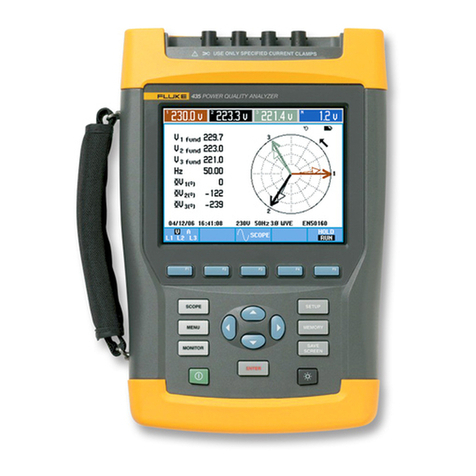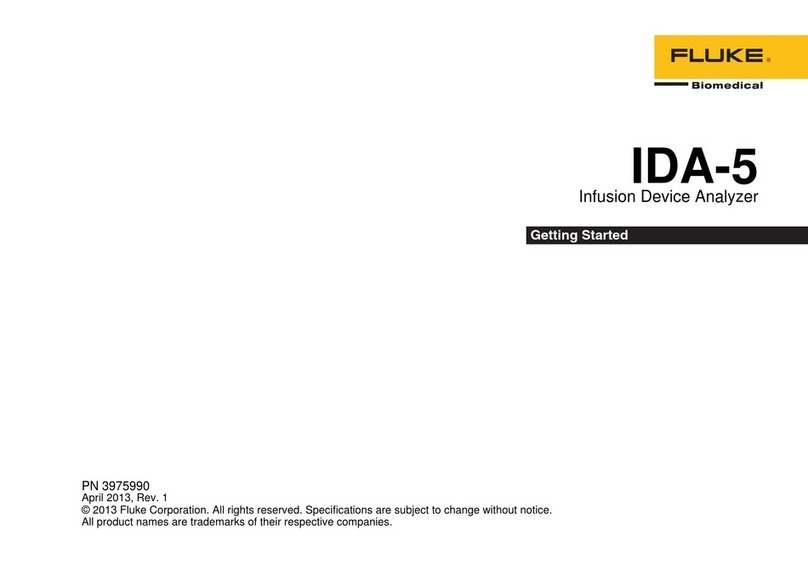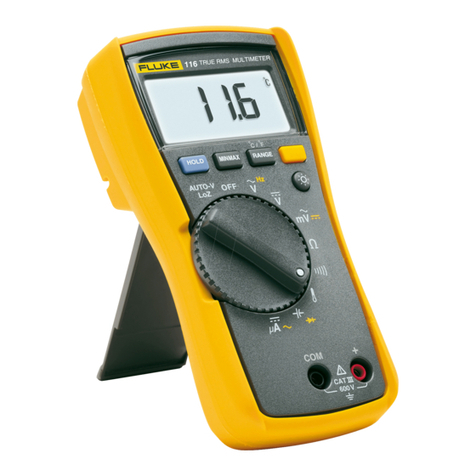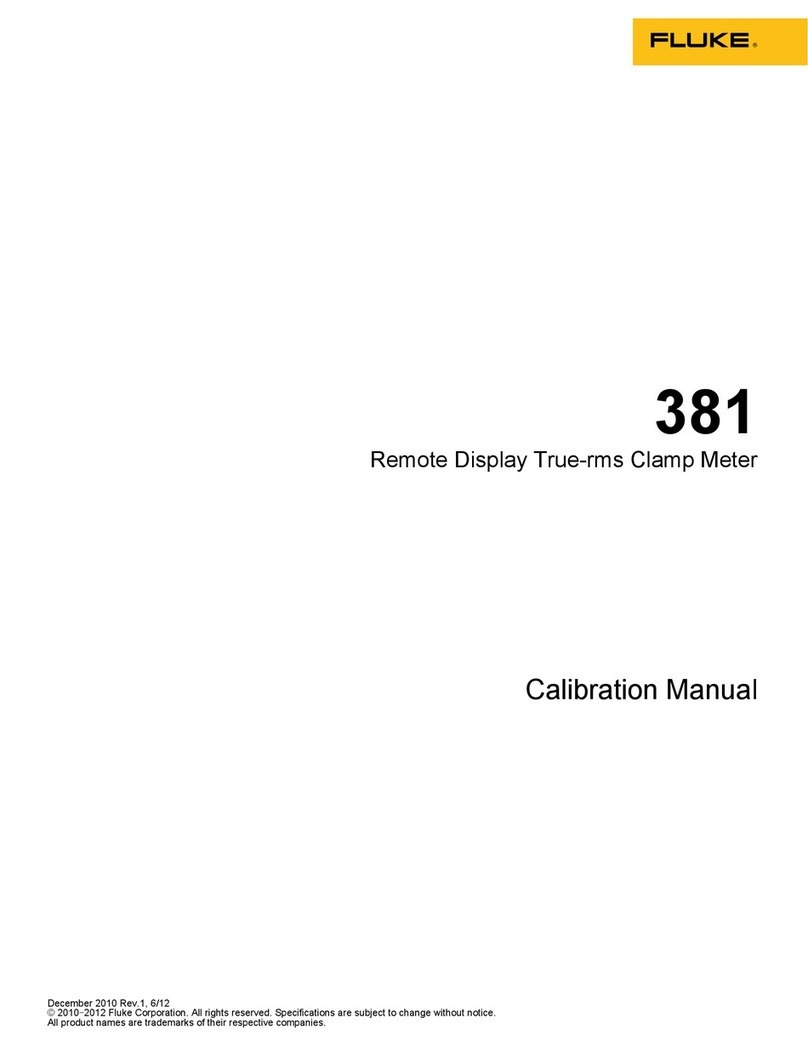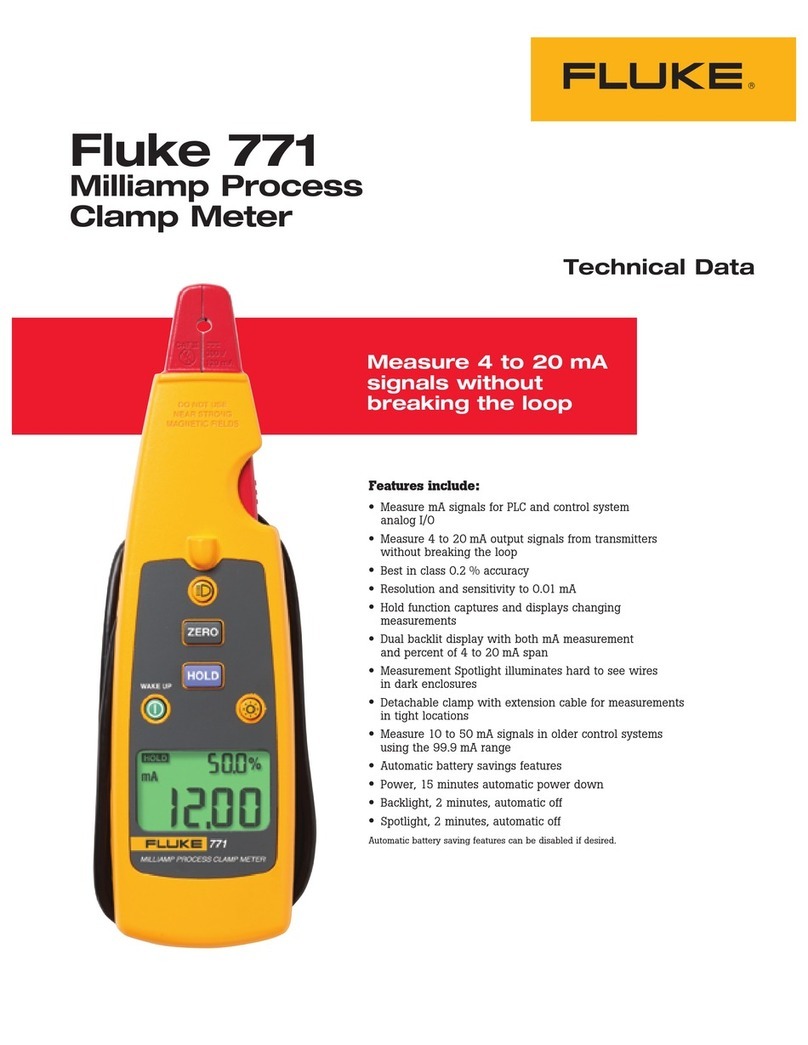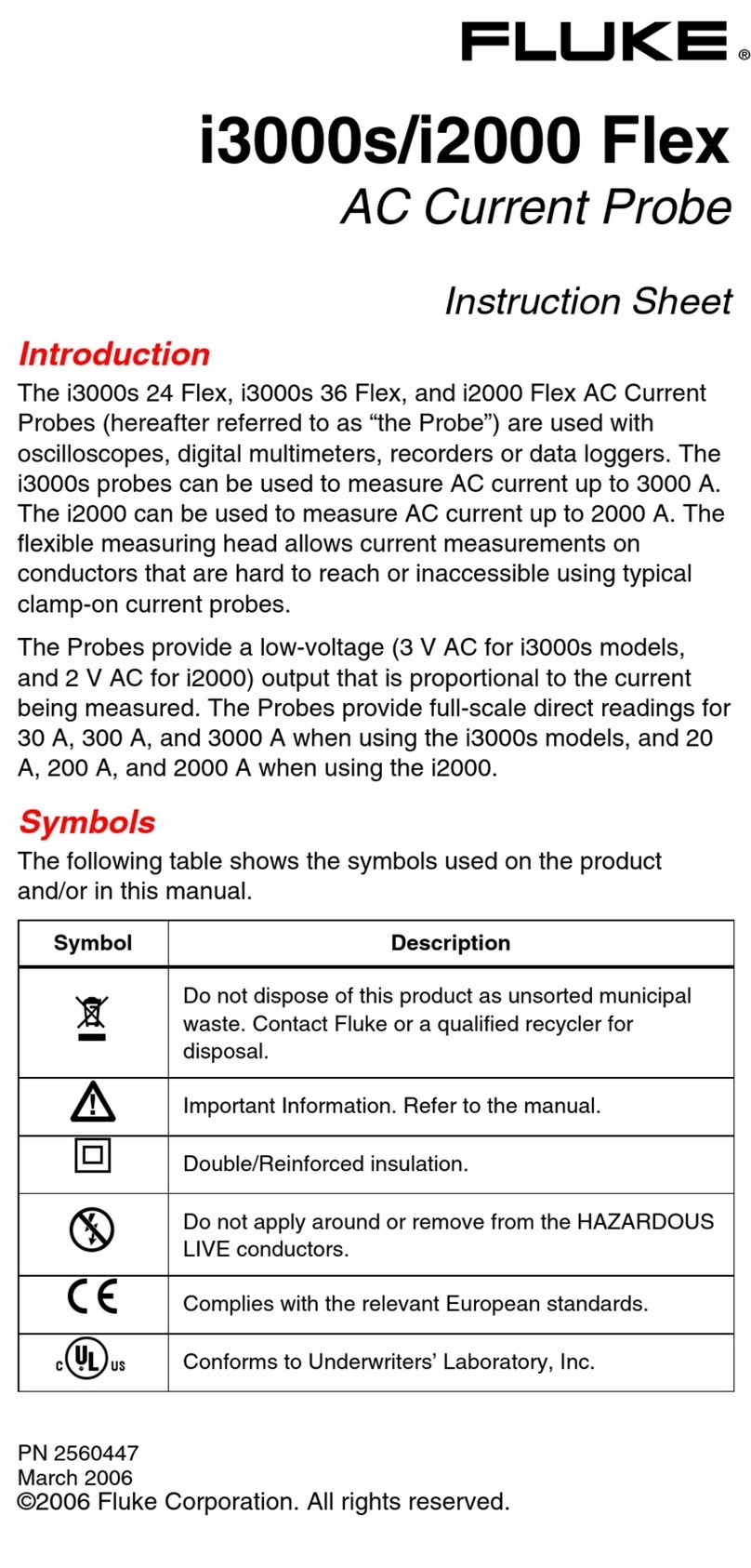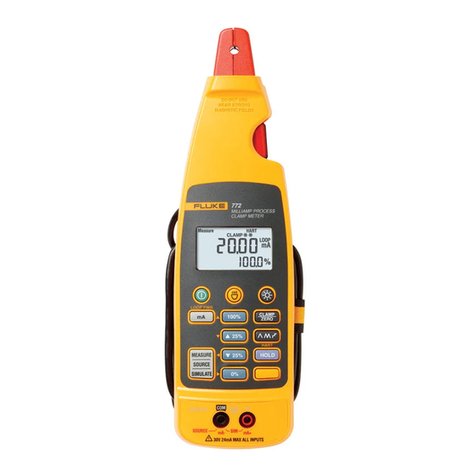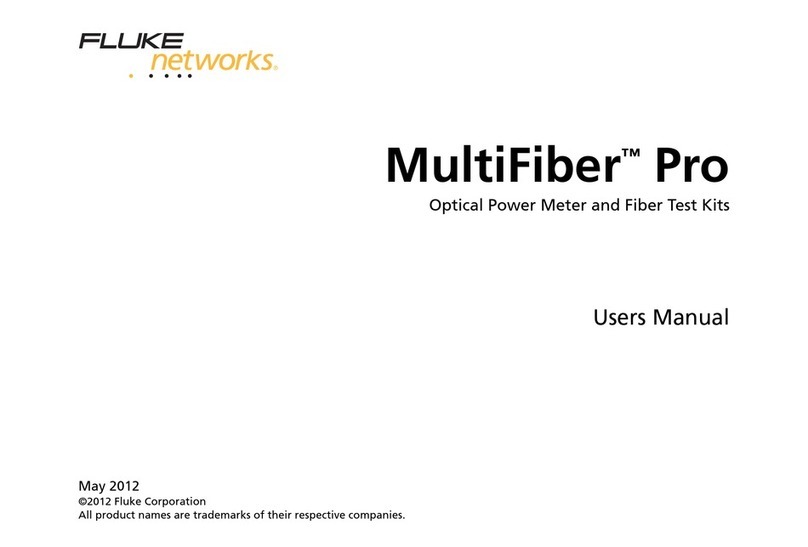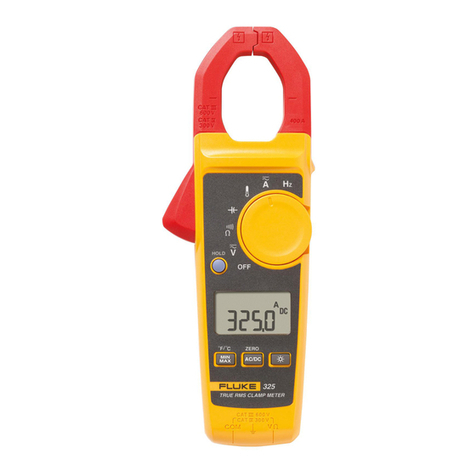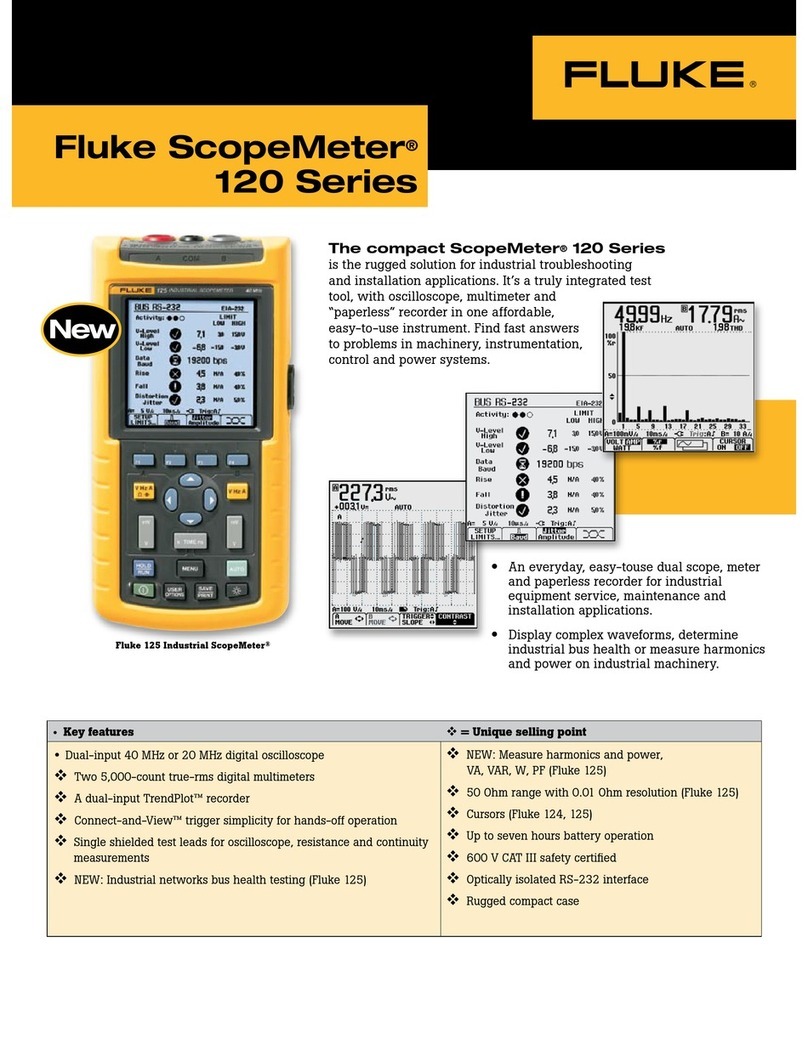
WARNING: These servicing instructions are
for use by qualified personnel only. To re-
duce the risk of electric shock, do not
perform any servicing other than that
specified in the Operators Manual unless
you are fully qualified to do so.
Caution and Warning
Statements
Introduction
Read this chapter carefully before you check, adjust or repair
the instrument.
It is essential for your own safety to know the restrictions that
are applicable to all equipment that can be connected to line
power. Therefore, read the section on Safety Precautions be-
low.
In addition to the general statements given in this chapter you
will find specific caution and warning statements where nec-
essary throughout the manual.
Safety Precautions
This instrument has been designed and tested for Measurement Cate-
gory I, Pollution Degree 2, in accordance with EN/IEC
61010-1:2001 and CAN/CSA-C22.2 No. 61010-1-04 (including ap-
proval). It has been supplied in a safe condition.
This manual contains information and instructions that should
be followed by the user and the service technician to ensure
safe operation and repair in order to keep the instrument in a
safe condition. It is essential that you follow generally ac-
cepted safety procedures in addition to the safety precautions
specified in this manual.
The instrument is designed to be used by trained personnel
only. Removing the cover for repair, maintenance, and adjust-
ment of the instrument must be done by qualified personnel
who are aware of the hazards involved.
The warranty commitments are rendered void if unautho-
rized access to the interior of the instrument has taken
place during the given warranty period.
CAUTION: Indicates where incorrect proce-
dures can cause damage to, or destruction
of equipment or other property.
WARNING: Indicates a potential danger that
requires correct procedures or practices
to prevent personal injury.
Symbols
Shows where the protective ground terminal is con-
nected inside the instrument. Never remove or
loosen this screw.
Indicates that the operator should consult the manual.
You can, for instance, find such a symbol on the front
panel below the A and B inputs. It points out that the
damage level for the input voltage decreases from 350 Vpto
12 Vrms when you switch the input impedance from 1 MWto
50 W.
If in Doubt about Safety
Whenever you suspect that it is unsafe to use the instrument,
you must make it inoperative by doing the following:
–Disconnecting the line cord
–Clearly marking the instrument to prevent its further op-
eration by unauthorized personnel
For example, the instrument is likely to be unsafe if it is visi-
bly damaged.
Grounding
Grounding faults in the line voltage supply will make any in-
strument connected to it dangerous. Before connecting any
unit to the power line, you must ensure that the protective
ground functions correctly. Only then can a unit be connected
to the power line and only by using a three-wire line cord. No
other method of grounding is permitted. Extension cords must
always have a protective ground conductor.
CAUTION: If a unit is moved from a cold to
a warm environment, condensation may
cause a shock hazard. Ensure, therefore,
that the grounding requirements are
strictly met.
WARNING: Never interrupt the grounding
cord. Any interruption of the protective
ground connection inside or outside the
instrument or disconnection of the protec-
tive ground terminal is likely to make the
instrument dangerous.
Operation
Orientation and Cooling
The instrument can be operated in any position desired. Make
sure that the air flow through the ventilation slots at the top,
1-2 Safety Instructions
